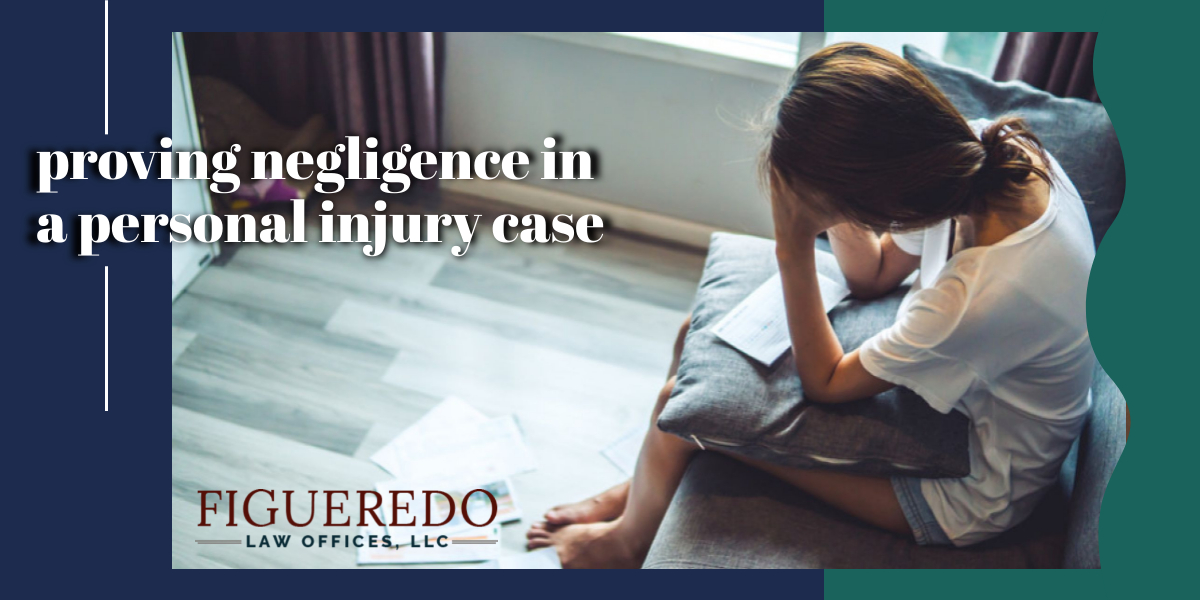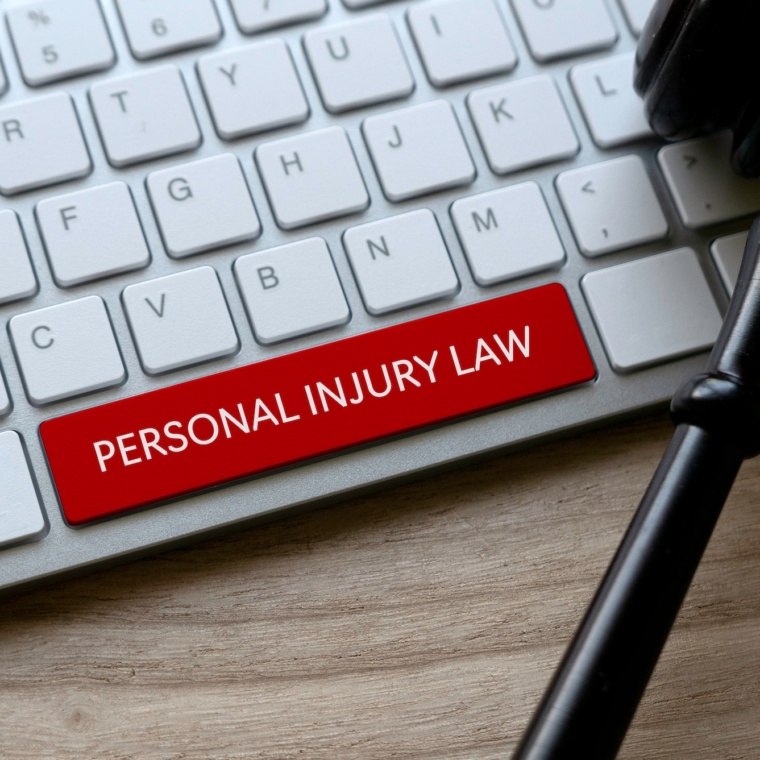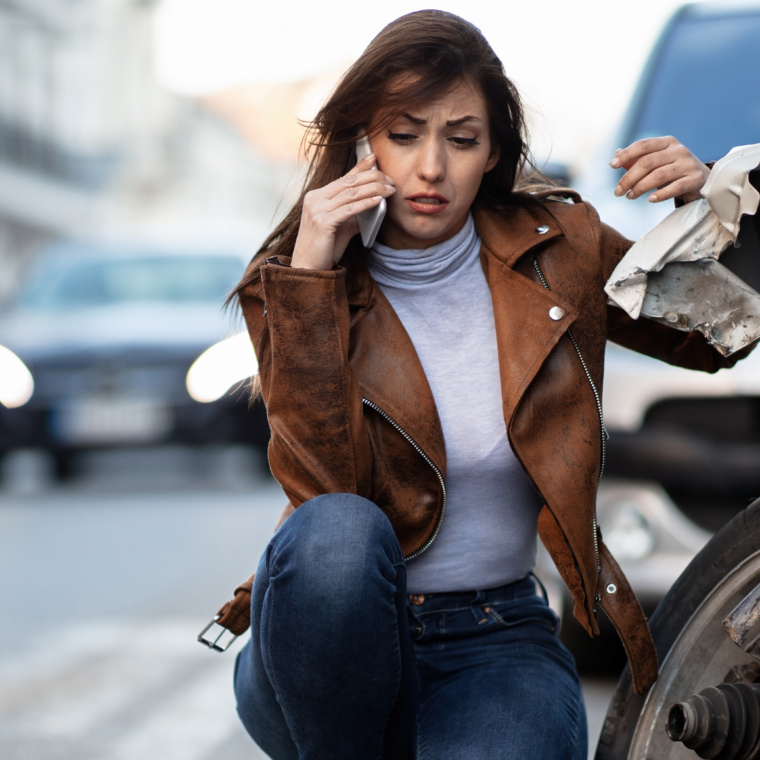A person who is injured in Georgia by someone else’s careless or reckless actions – or failure to act – has the right to seek financial compensation from that person through a personal injury lawsuit.
In a personal injury claim, the injured party is the plaintiff, while the person who caused the injury is the defendant. In order to prevail, the plaintiff must show that the defendant was negligent and that the negligence actually caused the plaintiff’s injuries.
Here, we discuss how negligence is defined under Georgia law and what it takes to prove negligence in a personal injury claim.
WHAT IS NEGLIGENCE?
Negligence refers to a person’s failure to use the degree of care that a reasonable and ordinary person would have exercised in the same or similar circumstances. A person can be negligent in his or her actions or omissions.
Examples of negligence include:
- Speeding, drinking, or texting while driving
- Breaking a law or ordinance (known as negligence per se)
- Failing to repair a dangerous condition on a property
- Manufacturing a product with an inherent defect
- Failing to restrain a dog with a propensity to bite
In other words, when a person behaves in a manner that is outside the realm of what might be considered reasonable or simply acts recklessly, negligence has likely occurred.
WHY DOES PROVING NEGLIGENCE MATTER?
While many legal issues can arise in a personal injury lawsuit in Georgia, the crux of the matter will lie in proving the defendant’s negligence. If you cannot establish negligence, you will have no basis for recovering compensation.
Unfortunately, your own negligence may be an issue and could either bar your recovery in a personal injury claim or reduce the amount you recover.
Georgia is a modified comparative negligence state. This means that an injured party cannot recover compensation if he or she is 50 percent or more at fault. If a plaintiff is 49 percent or less at fault, the plaintiff can recover damages. However, those damages are reduced in proportion to the plaintiff’s degree of fault.
Consider this example:
Two drivers are in a crash. One driver suffers $100,000 in damages, including medical expenses and lost income. The driver files a claim against the other driver. The driver, who is the plaintiff, is 10 percent at fault for the accident. The other driver, or defendant, is 90 percent at fault. Because the plaintiff is only 10 percent at fault, the plaintiff can recover damages. However, the plaintiff’s recovery is limited to $90,000.
WHAT EVIDENCE CAN BE USED TO ESTABLISH NEGLIGENCE?
Several steps must be followed in order to prove negligence and demonstrate the relationship of a defendant’s negligence to a plaintiff’s injuries. Those steps include:
- Collecting physical evidence. Evidence should be collected from the scene of the accident. The evidence could include photos of the accident scene (including the vehicles involved in a crash, debris, skid marks, and the surrounding area). It could also include physical objects such as the parts of a damaged motorcycle or a cast that a plaintiff wore for several months due to an accident-related fracture.
- Talking with eyewitnesses. Eyewitnesses can describe exactly what they saw, heard, or smelled at an accident scene. The strongest eyewitnesses tend to be neutral observers who have no relationship with the plaintiff or defendant. An eyewitness may give a sworn written statement, or affidavit, or provide a sworn oral statement in a deposition.
- Turning to technology. Today, a great deal of evidence can be obtained through surveillance camera footage, electronic data recorders (EDRs, or “black boxes”), and cell phones.
- Consulting with experts. Experts can review the evidence and offer their professional opinion on several aspects of a personal injury case. For example, an accident reconstruction expert can give an opinion about why a crash occurred and who was at fault for the crash. A product design expert could speak about the flaw in a design that led to a plaintiff’s injury.
A lawyer’s role is to be thorough in gathering evidence and careful in analyzing the evidence. The lawyer should be able to construct a solid, compelling story about what happened and why a plaintiff should be entitled to receive compensation for his or her injuries.
THE BENEFITS OF WORKING WITH A PERSONAL INJURY LAWYER
Proving negligence can be difficult to do on your own. This is especially true if you are still in the process of recovering from your injuries. If you have never worked with an insurance company before – and given that you may be in a highly vulnerable state – you may end up making costly mistakes.
A personal injury lawyer, on the other hand, can deal with the insurance company on your behalf and help to lift a great deal of burden from your shoulders. Above all, the lawyer can work hard to establish the defendant’s negligence and your right to receive a financial recovery.
Throughout the process, the lawyer can provide you with updates about your case and answer any questions you may have about your rights and options.
Georgia personal injury attorney Angel Figueredo understands what you are going through after an accident. He will work hard on your behalf, using his skill and experience to pursue all compensation you are entitled to receive.
To schedule a free case review, call our office or simply submit our online form today.
Original article https://www.davidgordonlaw.com/blog/proving-negligence-in-a-personal-injury-case-in-tennessee/




